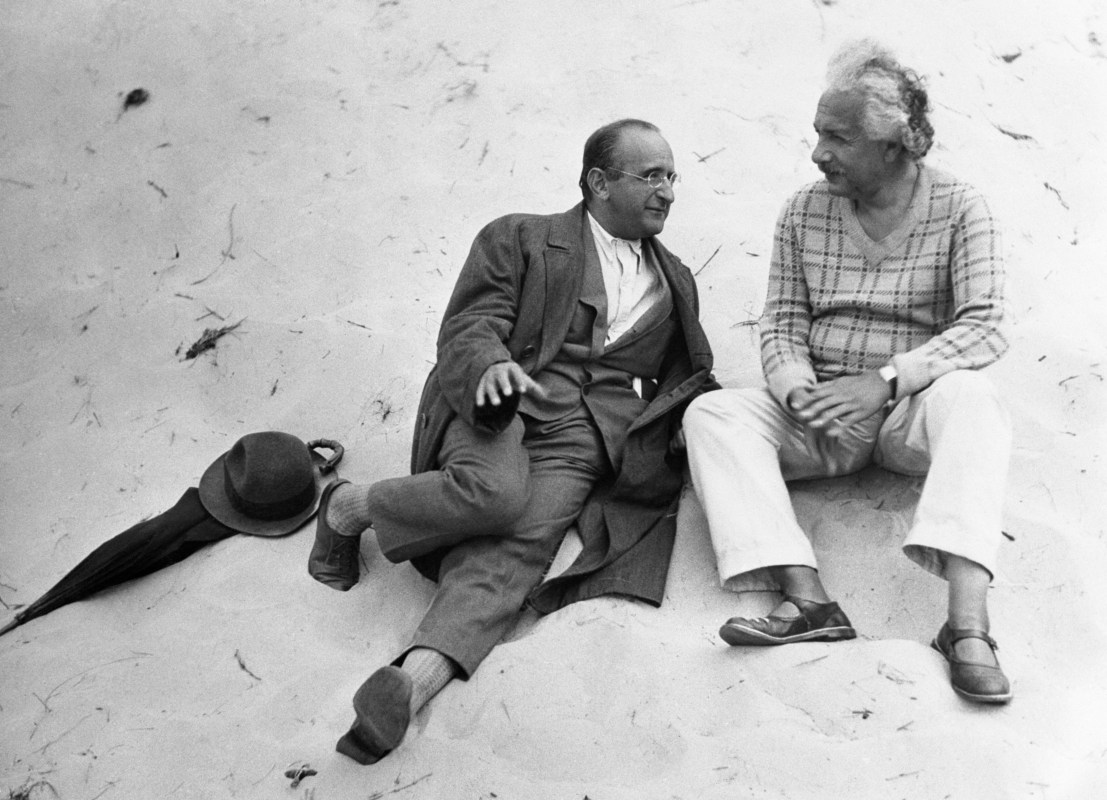You don’t have to explicitly understand Albert Einstein’s “General Theory of Relativity” to appreciate how the man came up with it.
As a 28-year-old, sitting at his post in the Swiss Patent Office, Einstein imagined a housepainter tumbling off of a roof. How would the man experience gravity, he (macabrely) pondered? In what Einstein would later call one of his “happiest moments,” the scientist concluded that the free-falling handyman would feel weightless on his way to the ground. That’s on account of the “equivalence principle.” Basically: it’s impossible to distinguish the effects of gravity and inertial mass (acceleration).
On his way to officially proving general relativity, Einstein’s examples shifted into the cosmos. He wrote about rockets and planets and published field equations on spacetime curvature. But it’s notable that such a breakthrough in his life — and in the history of human enlightenment — arrived while he was sitting around, allowing his brain to wander.
How to Live Your Life With the Italian Art of “Sprezzatura”
Contrary to conventional opinion, nonchalance takes years of practiceEinstein’s Sense of Imagination
The housepainter anecdote was far from the first time Einstein put a thought experiment to good use. As a 16-year-old, he imagined himself riding a wave of light at a constant speed, like a surfer — would the light, perhaps, appear frozen to him?
Einstein’s many thought experiments, or gedankenexperiments, served as entry-points to some of the most groundbreaking theories in physics. And they wouldn’t have been possible, had Einstein not consistently afforded himself the time, solitude, imagination and boredom to sit around and think.
Before he set foot in a physical laboratory to assess his theories, Einstein was hashing through them in his brain: he imagined scenarios with elevators, trains, lightning and blind beetles. Sometimes, he even invented devices that didn’t exist, in order to explain or anticipate various phenomena.
All Power to the Daydreamer
The average human being will obviously never replicate Einstein’s output. But that doesn’t mean it isn’t worth adopting his process. These gedankenexperiments are an example of the power of reflective thinking. Aimless, meandering thought patterns — of the sort too many of us leave behind to childhood — can supercharge your creativity. And creativity leads to productivity.
Not that productivity needs to be the ultimate endgame, should you choose to re-embrace your sense of boredom. There’s value in creativity for creativity’s sake; after all, it’s associative with peace and quiet, time in nature, increased empathy and a relaxed heart rate. It encourages the development of new neural networks. It’s random and fun.
And we’re aware, sitting here at a desk strewn with Apple products, that it’s really freaking hard. Perhaps Einstein wouldn’t have been contemplating the housepainter’s imminent demise had he been answering emails, or shopping for a new sweater. Just know that it’s worth it. Finding a way to sit around and do nothing, on a consistent basis, will undoubtedly lead to your brain’s very best work.
Whether you’re looking to get into shape, or just get out of a funk, The Charge has got you covered. Sign up for our new wellness newsletter today.



















